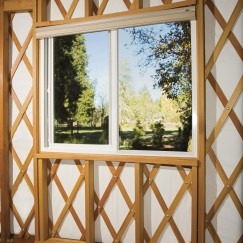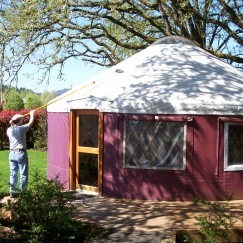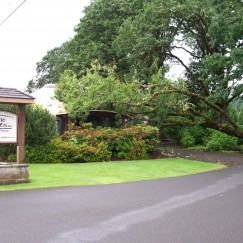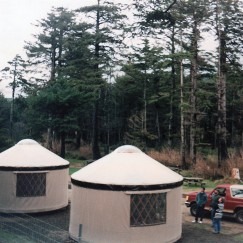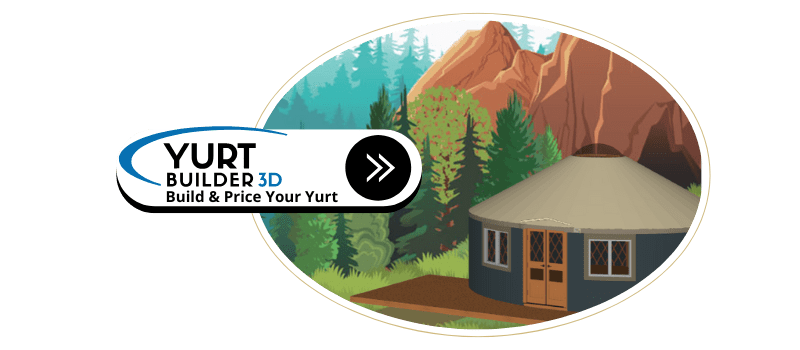4-Season Stays: Turning Your Campground into a Year-Round Business
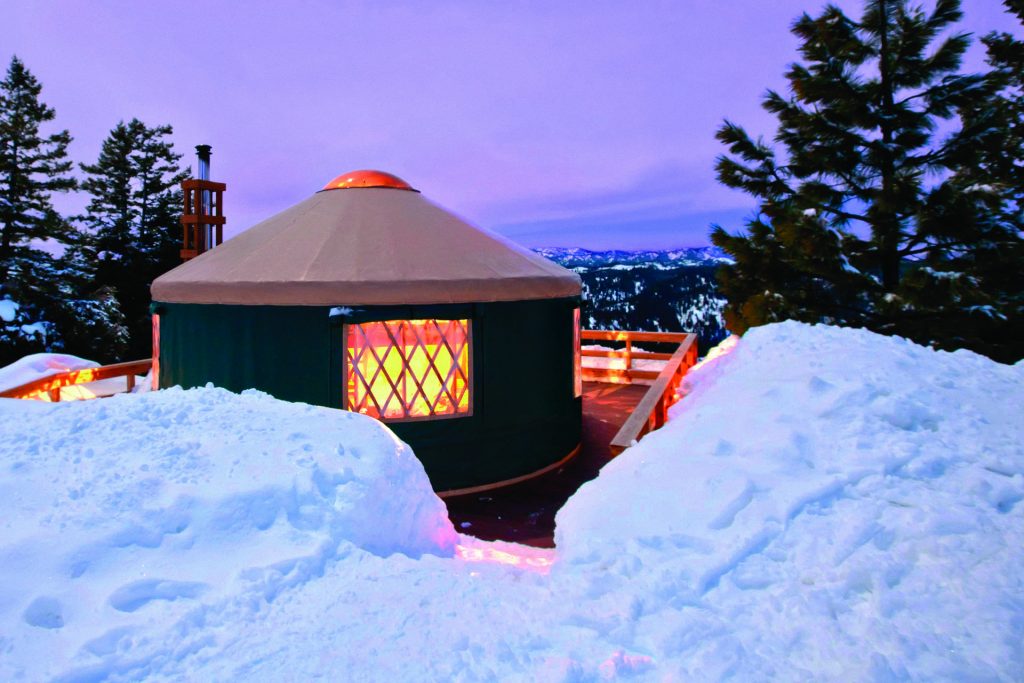
If your campground sits empty for half the year, you are missing real money and real occupancy. With the right planning and a few targeted upgrades, a seasonal campground can shift into a steady, year-round operation. Travelers want winter getaways, quiet shoulder-season weekends, and cozy places to unwind. Campgrounds that prepare for all four seasons can capture that demand instead of shutting down when summer ends.
Step 1: Winterize the Spaces Guests Actually Want to Stay In
The first step is choosing which accommodations can realistically be used in cold weather. Pacific Yurts perform well in all seasons when paired with proper insulation and heating. Thermal covers, insulated liners, and efficient heat sources create a warm interior that feels more like a cabin than a tent. You do not need to winterize every site at once. Start with the most popular ones and expand as bookings grow.
Heating is non-negotiable. Mini split systems, propane heaters, and efficient wood stoves are common choices. What you choose depends on your location, energy costs, and local safety regulations. Create at least a few warm, comfortable units that guests trust in cold weather.
The goal is simple. Make it easy for guests to stay warm, sleep comfortably, and trust that the unit will feel just as inviting in February as it does in July.
Step 2: Make the Property Safe and Usable in All Conditions
A year round campground depends on safe, accessible infrastructure. Clear pathways matter. Protecting water lines matters. Planning for snow removal matters. Even if your climate is mild, shoulder season storms and cold nights still require preparation. Lighting, drainage, and access routes all play a role in how confident guests feel booking off season.
These upgrades support winter operations, but they also improve your site in early spring and late fall, when weather is more unpredictable.
Step 3: Build Seasonal Experiences That Feel Intentional
If you want people to book outside of summer, you need to give them a reason to come. Winter travelers are not looking for the same things as summer campers. Winter guests often want simple comforts and access to nature. Offer things like snowshoe trails, fire-pit setups, or warm drink kits like hot cocoa inside each yurt. Highlight the cozy experience of staying in a heated yurt with a skylight overhead.
In fall, lean into foliage weekends or cozy cabin retreats. In early spring, highlight quiet escapes, hiking, or wildlife viewing. The goal is to make each season feel like its own experience instead of a quieter version of summer.

Step 4: Market to People Who Actually Travel During the Off Season
Once your yurts and your property are ready for cold weather, it is time to show guests what that looks like. Share real photos of your Pacific Yurts in winter light or fall settings. Highlight warm interiors, thick insulation, and safe access. Talk directly to the travelers who look for off season trips. This includes remote workers, couples, solo travelers, and guests who prefer peaceful stays over summer crowds.
Your marketing helps shift the perception of your campground from a summer-only place to a four season destination. It’s good marketing that turns an upgraded campground into a consistently booked one.
Step 5: Create a More Predictable Revenue Stream
Running a four season campground is ultimately about stability. When you spread your bookings across the entire year, you are not depending on a single busy season. The investments you make in insulation, heating, safe access, and off season activities pay off through steadier occupancy and repeat guests who come back for winter or shoulder season stays.
With the right planning and targeted offerings, a campground can shift from a summer business to a reliable twelve month operation. Guests get memorable stays and you get a more predictable, sustainable income.


